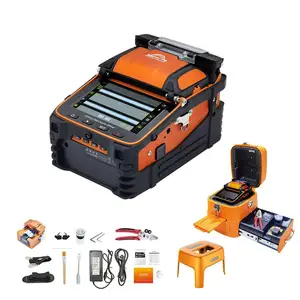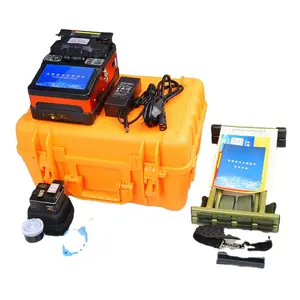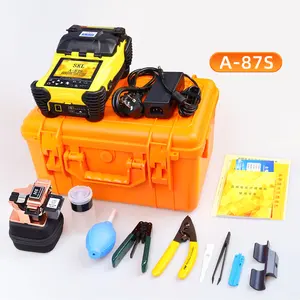Fusion Splicer: An Essential Tool for Fiber Optic Connections
Fusion splicers are integral to the field of fiber optic equipment, providing precise and efficient splicing of fiber cables. This technology is crucial for ensuring strong, reliable connections in various telecommunications applications. From data transmission to intricate telecom networks, the role of a fusion splicer is indispensable in modern communication infrastructures.
Understanding the Types and Applications
There are multiple types of fusion splicers catering to diverse needs, including core alignment and cladding alignment models. Core alignment splicers are highly sought after for their precision in aligning fiber cores, making them suitable for high-speed and long-haul communication networks. Cladding alignment splicers, on the other hand, are often used for shorter distances and are appreciated for their cost-effectiveness. These devices find their applications across various settings, from machinery repair shops to manufacturing plants, ensuring seamless connectivity in both commercial and industrial environments.
Features and Materials of Fusion Splicers
A fusion splicer typically boasts features such as high-resolution displays for clear fiber imaging, adjustable splicing modes, and environmental adaptability for field use. The materials used in their construction are chosen for durability and heat resistance, ensuring longevity and consistent performance. The precision technology embedded within these devices allows for minimal loss in splicing, which is critical for maintaining signal integrity.
Advantages of Using a Fusion Splicer
The advantages of using a fusion splicer are manifold. They offer a permanent bonding solution that significantly reduces signal loss compared to mechanical splicing. The automated process minimizes the need for manual intervention, leading to quicker and more reliable connections. Additionally, the portability of many fusion splicer models enables technicians to perform splicing in various field conditions, making it a versatile tool for on-the-go repairs and installations.
Choosing the Right Fusion Splicer
Selecting the right fusion splicer depends on the specific requirements of a project. Factors such as the type of fiber, the expected number of splices, and the working environment should influence the decision. While some models are equipped for heavy-duty use, others are designed for occasional splices with easy-to-use interfaces, catering to both seasoned professionals and those new to fiber splicing.
Conclusion
In conclusion, the fusion splicer is a key component in the toolkit of professionals working with fiber optic networks. Its ability to create seamless and strong connections makes it a valuable asset in ensuring the integrity and efficiency of communication systems. As technology advances, the evolution of fusion splicers continues to meet the ever-growing demands of the telecommunications industry.











































 浙公网安备 33010002000092号
浙公网安备 33010002000092号 浙B2-20120091-4
浙B2-20120091-4